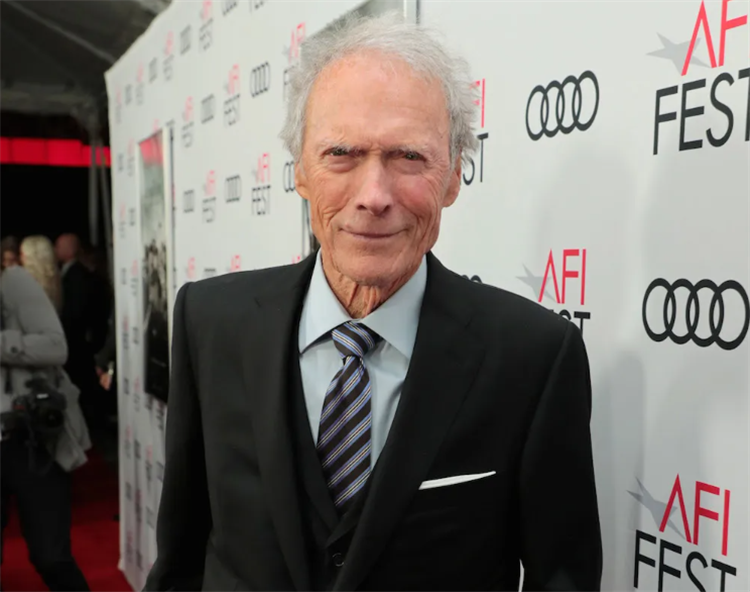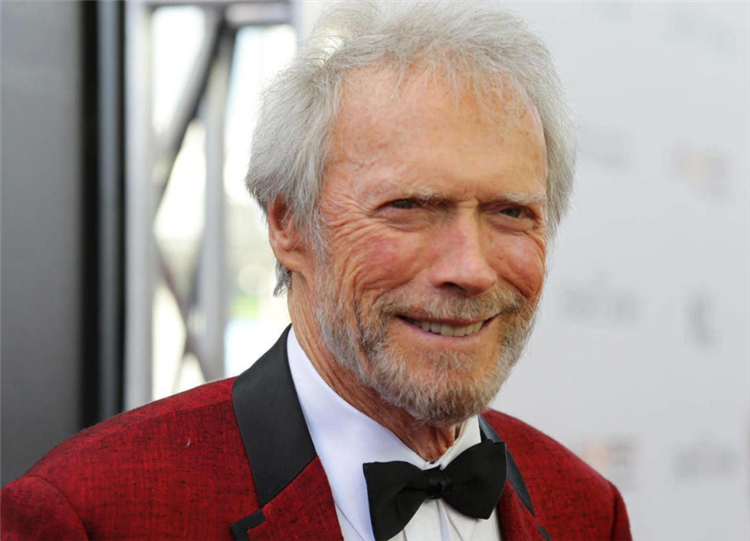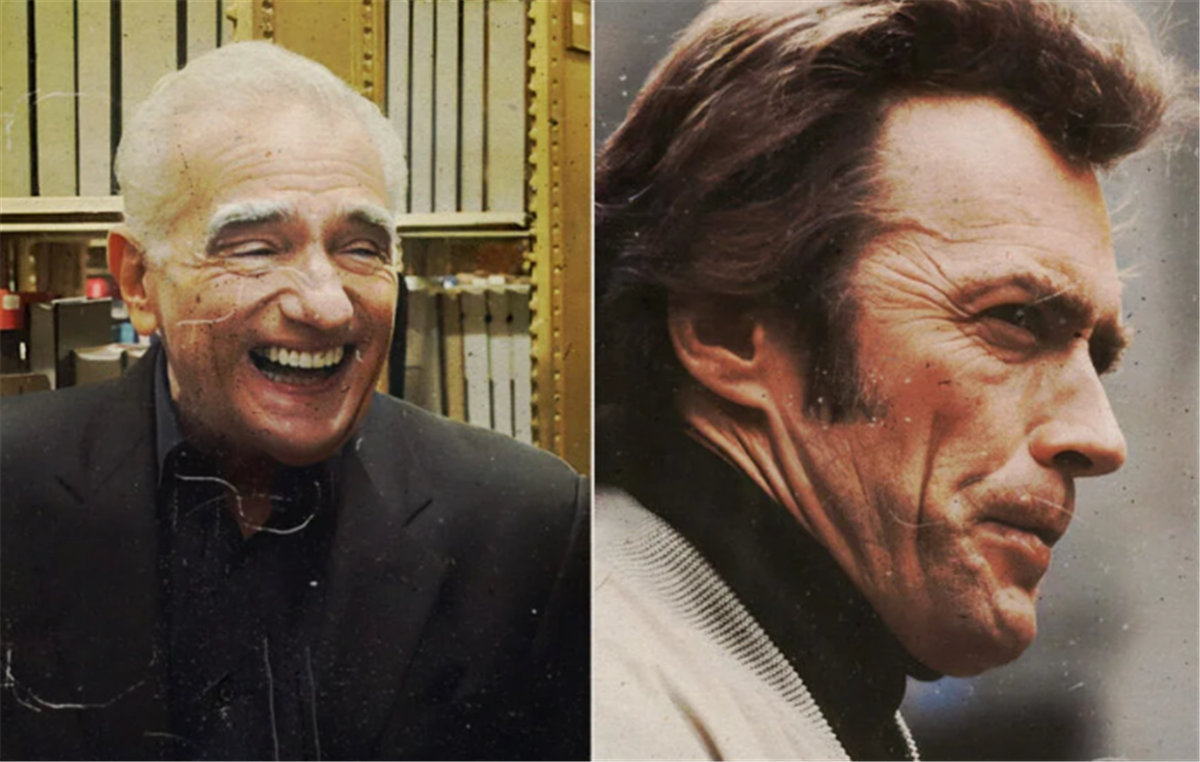The list of contributions towards the ever-shifting world of cinema by Martin Scorsese continues to grow even as he approaches the twilight of his remarkable career. With over six decades behind a camera, creating some of the most mesmerising works of film of all time, Scorsese is a true legend of the American movie industry.
Mean Streets, Taxi Driver, Raging Bull, Goodfellas, Casino, Gangs of New York, The Departed – it all comes in a day’s work for Scorsese, who has proven time and time again that he is one of the most talented people to ever sit in the director’s chair. He fully deserves all the accolades that have come his way over the years.
But being one of the most acclaimed film directors of all time means that Scorsese has been inundated with offers to take the reins on a wide variety of movies, and, of course, he has not had the time to agree to every offer. He’d been attached to projects like Schindler’s List and Joker at one point or another, but these, of course, went ahead with Steven Spielberg and Todd Philips at the helm, with Scorsese working elsewhere.

In fact, Scorsese had once turned down the chance to direct one of the highest-grossing movies of the 1980s, the 1984 buddy cop action comedy Beverly Hills Cop. Directed by Martin Brest and starring Eddie Murphy as Axel Foley, it follows a wily Detroit police detective who visits the titular Californian town to investigate the murder of his best friend.
The film saw Murphy shot into stardom and was a huge blockbuster box office hit. It’s interesting to think what might have become of the movie had Scorsese been on board to direct it and whether the comic elements might have been toned down somewhat in favour of his darker outlook on the crime genre.
Scorsese had been concerned that Beverly Hills Cop appeared too similar in plot to the 1968 Don Siegal crime thriller Coogan’s Bluff starring Clint Eastwood, so he decided to pass up on the opportunity. The film sees Eastwood play a veteran sheriff from Arizona who travels to New York City to take care of a wanted murderer.

This fact alone suggests that Scorsese’s reading of the Beverly Hills Cop script had him envision the project as a serious crime drama rather than the classic comedy that it would invariably become. Interestingly, Scorsese decided to make a comedy movie next, the 1985 work After Hours, a rare comic turn for the iconic director.
But it was really the fact that Eastwood had seemed to take on a similar narrative a decade and a half earlier that made Scorsese think twice. Scorsese has never been shy of confronting other source material for his own movies, but the fact that Coogan’s Bluff featured one of the most iconic actors of all time perhaps played dividends in Scorsese’s decision.
Had the 1968 film flown under the radar with a lesser-known actor, then Scorsese may well have decided to take the project on, delivering it in his dark and violent style but with as big a profile as it had at the end of the 1960s, he felt that it was just too risky to tell the same story twice. And that’s precisely why it was Eastwood’s inclusion that made Scorsese not want to direct the Eddie Murphy classic.
